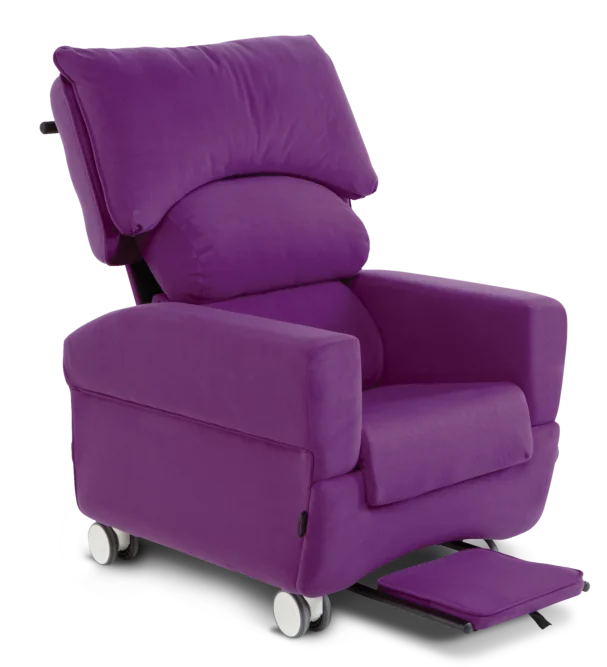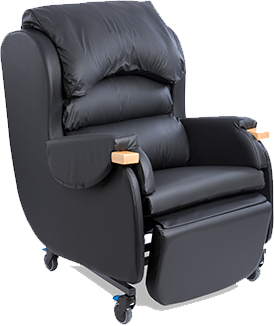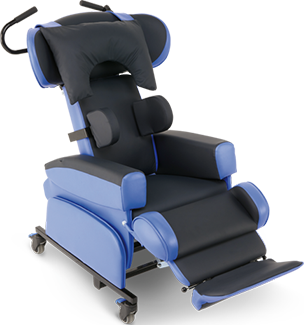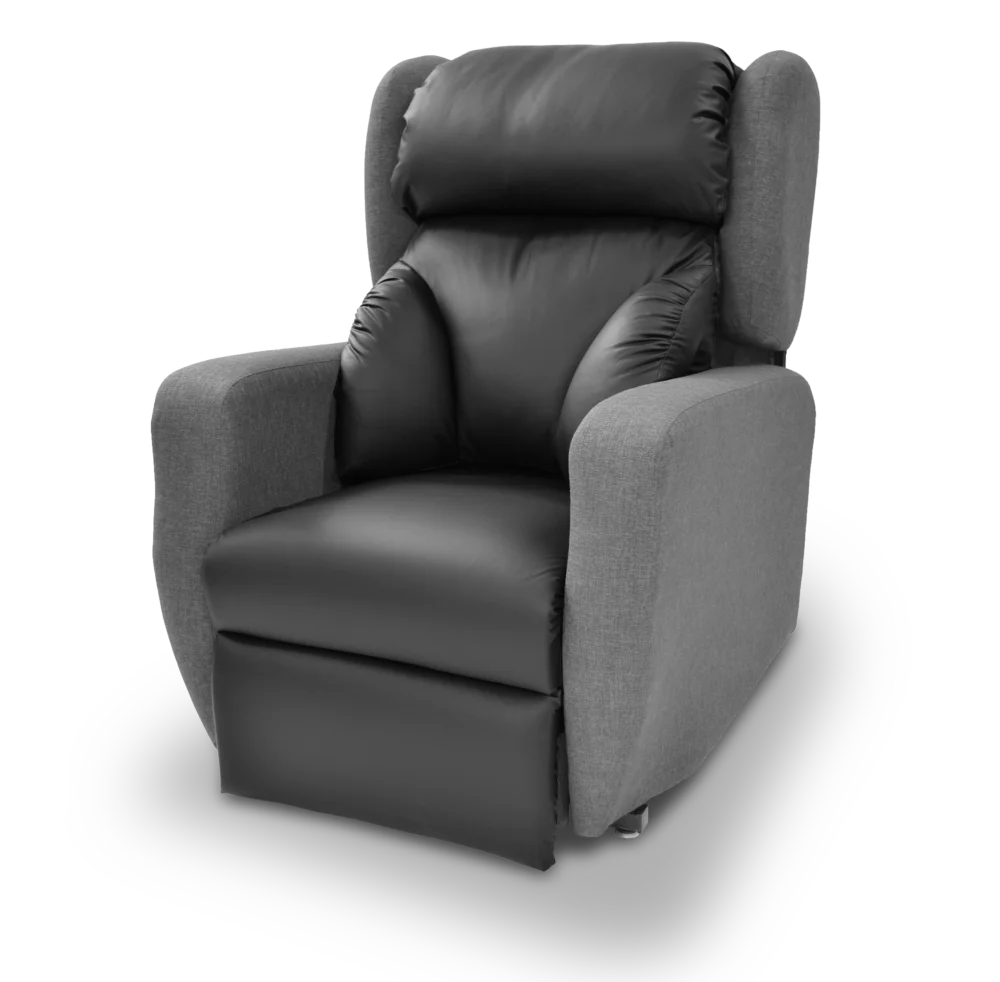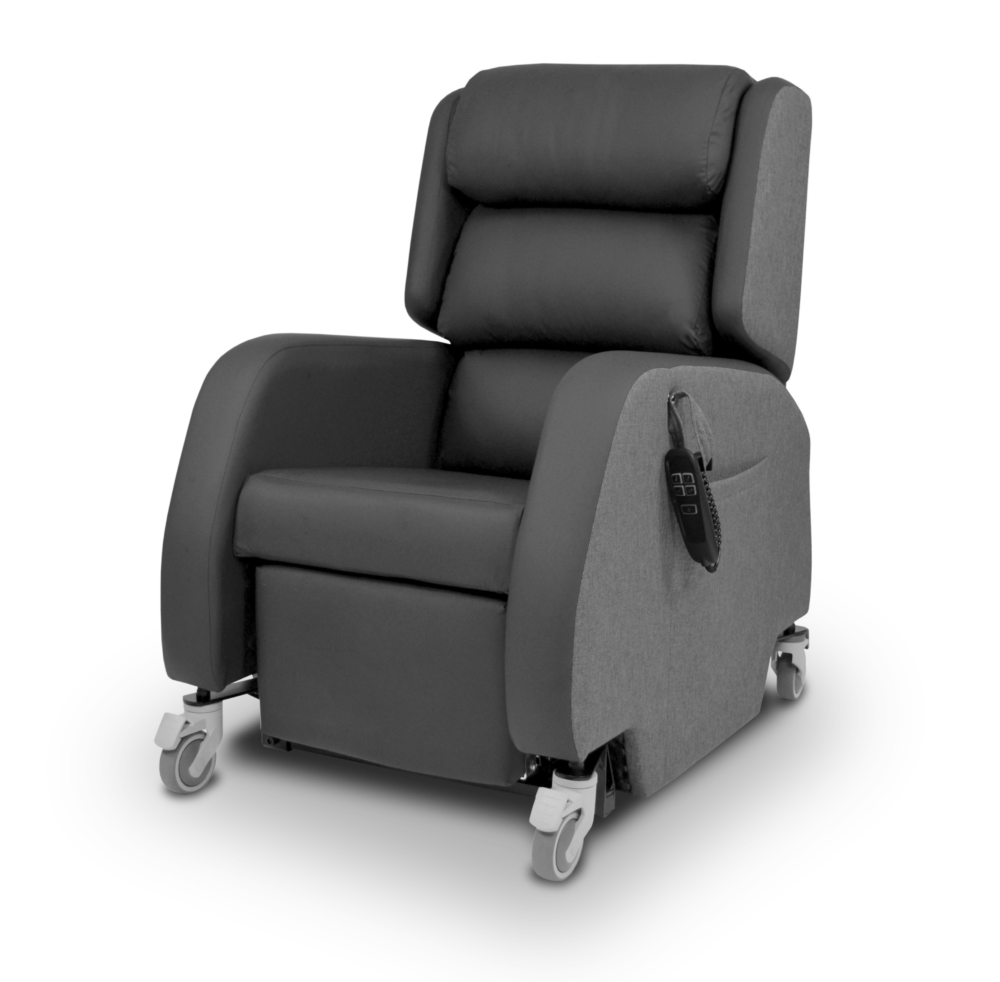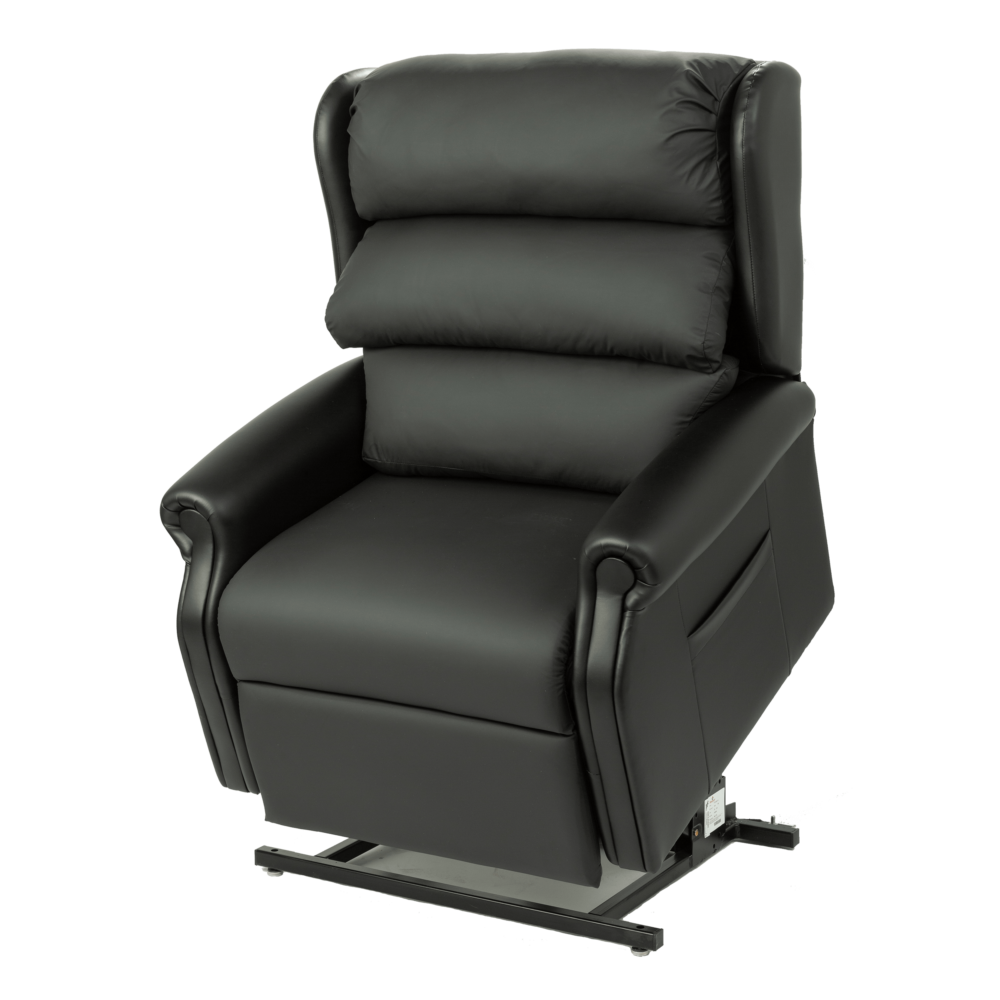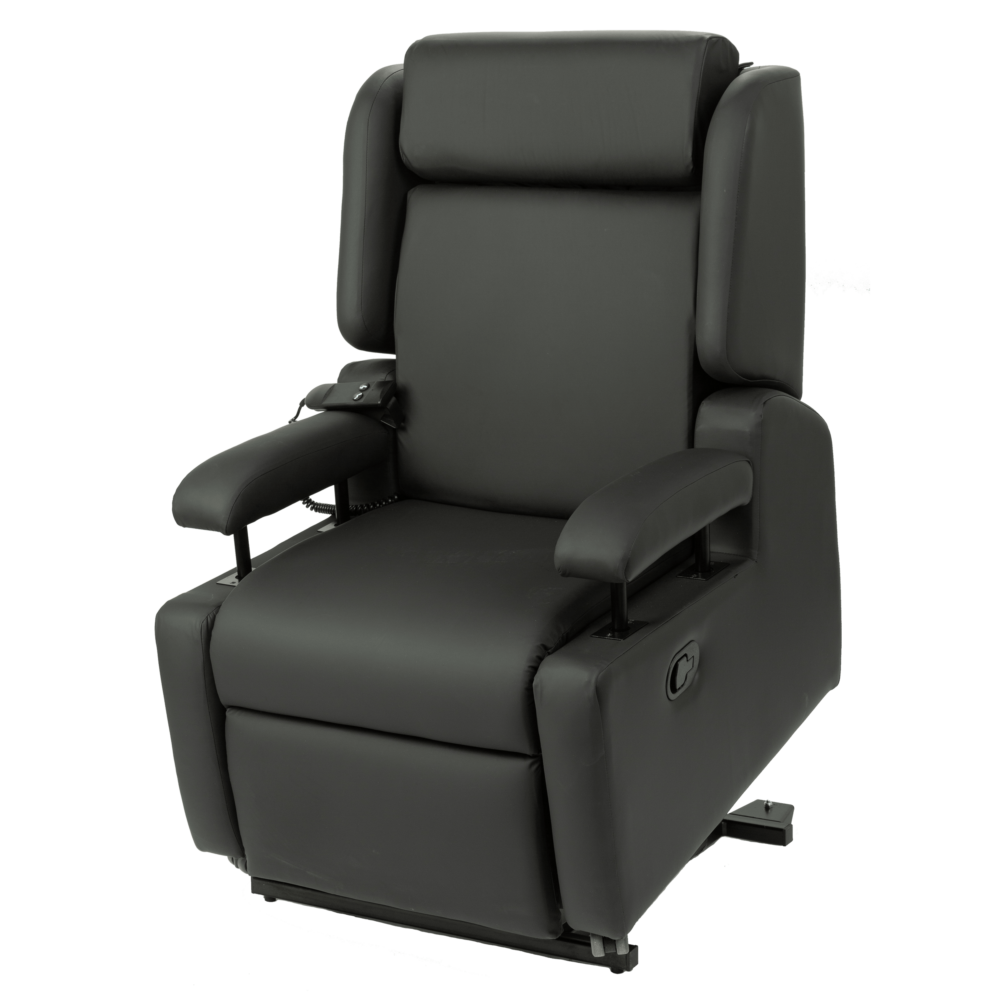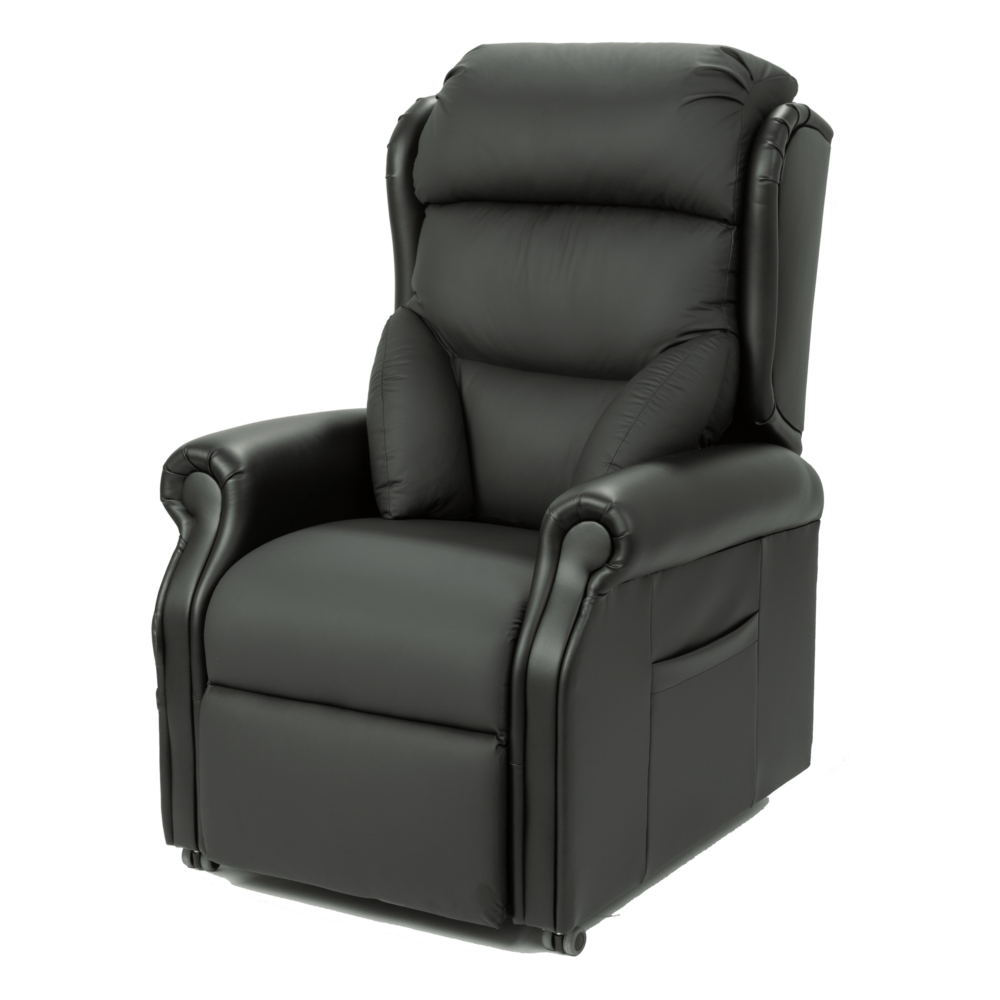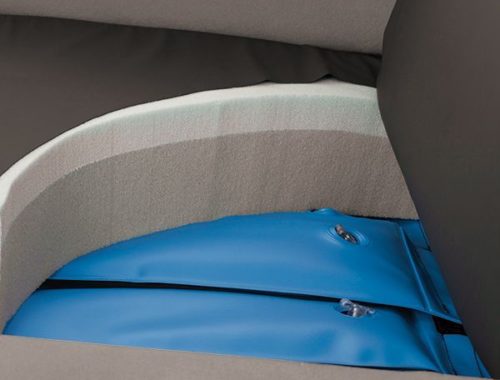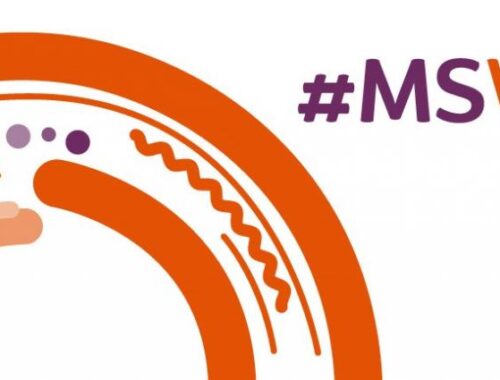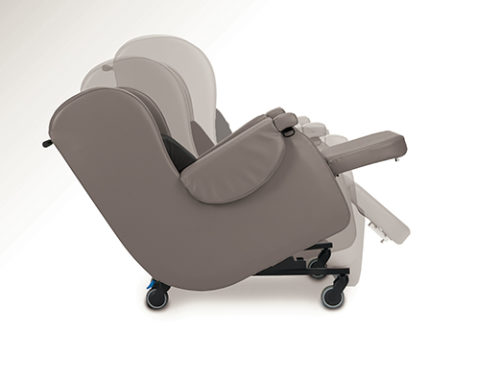Motor Neurone Disease Global Awareness Day
On Sunday 21st June, CareFlex we will join MND/ALS communities across the world to mark this year’s global awareness day.
The Motor Neurone Disease Association wants to reach out to individuals who are affected by MND, now more than ever. In a time when we may not be able to be there in person to hold someone’s hand, people instead need to be there for each other offering a hand of friendship, kindness, support, knowledge, love, and thanks1.
At CareFlex we are committed to raising awareness of MND and increasing knowledge around the importance of postural management.


What is motor neurone disease (MND)?
MND describes a group of diseases that affect the nerves (motor neurones) in the brain and spinal cord responsible for voluntary movement and muscle control. With MND, messages from these nerves gradually stop reaching the muscles, leading them to weaken and waste2 (atrophy).
It is a rapidly progressive, invariably fatal, neurological disease that can significantly shorten life expectancy, but some people live with it for many years. There is no known cure but there are interventions, such as therapies, equipment and medications, that can reduce the impact the disease has on daily life3 and ultimately achieve the best possible quality of life for individuals.

What is amyotrophic lateral sclerosis (ALS)?
An individual may be diagnosed with a particular type of MND. Each type is a way of describing how the disease is likely to affect an individual and does not describe a completely separate disease, just a different form.
ALS is the most common form of MND. Other types include bulbar onset motor neurone disease or progressive bulbar palsy (PBP), progressive muscular atrophy (PMA) and primary lateral sclerosis (PLS).
(It is worth noting that in the UK, MND is used as the umbrella term for all forms of the disease, and in the USA, ALS is used.)
What causes MND?
MND affects people from all communities. It is currently not possible to give a clear answer about the causes of MND; it is believed that different factors may trigger the disease. A number of genetic and environmental factors need to combine before MND can develop. In a small number of cases, where there is a family history, a genetic fault may have been inherited2.
What are the effects of MND?
MND affects everyone differently. It causes a range of different symptoms that can appear in a different order and can progress at varying speeds for each individual.
Symptoms include:
- Pain or discomfort
- Muscle weakness and atrophy
- Movement and mobility problems
- Muscle cramps and spasms, including fasciculations
- Stiffness in the joints, which may limit range of movement
- Breathing problems, which can lead to breathlessness and fatigue
- Dysphagia (swallowing difficulties)
- Communication problems, affecting speech, gesture and expression
- Emotional lability, with inappropriate emotional responses
- Changes to thinking and behaviour, which are usually mild but a small number of people with MND may develop frontotemporal dementia
What postural challenges can result from MND?
- Pain
- Fatigue
- Weakness
- Reduced postural stability
- Abnormal muscle tone
- Posterior pelvic tilt
- Increased thoracic kyphosis
- Limited head and neck control
- Shoulder subluxation
- Contractures and deformities
- Increased risk of pressure injuries
- Increased risk of falls
How can specialist seating help with Motor Neurone Disease ?
Interventions that are appropriate to the individual’s needs, abilities and preferences is vital, and factors such as posture should be taken into account5.
Specialist seating can help individuals achieve the best possible quality of life by offering a solution for improved comfort, pressure care and physiological function, and maximised health and independence. Maintaining good posture and positioning can help to promote wellbeing whilst protecting the body system and reducing the risk of secondary complications5.
- CareFlex specialist seating prioritises comfort for individuals without compromising on appropriate postural management.
- A range of seat cushions and back supports can encourage postural control and trunk alignment, critical to optimum physiological function.
- Contoured cushions can help stabilise the pelvis to manage abnormal muscle tone and improve functional movement.
- Tilt-in-space, if safe and appropriate, can recruit gravity to further promote pelvic stability and energy conservation.
- A waterfall back can accommodate a kyphotic posture by removing some wadding from the thoracic section.
- WaterCell Technology can provide a reliable and dynamic pressure redistributing solution to reduce the risk of pressure injuries.
- Channelled leg rests can support the lower limbs in midline; elevating the leg rest, if critical angles allow, can also allow for movement through joint range.
- An angle adjustable footplate can fully support the feet and accommodate foot drop.
- Flip-up or stow-away footplates can improve foot positioning for safe transfers and mobility.
- Padded armrests can support any shoulder problems.
- Head and neck support options can encourage interaction and engagement, help manage saliva, and promote safe eating and drinking.
- A supported upright seated posture can also aid airway clearance techniques.
As MND progresses and an individual’s presentation becomes more complex, the CareFlex tailored seating solutions service can develop bespoke chair adaptations to address any postural deformities and contractures.
As with any postural management programme, the individual’s daily life throughout the full 24-hours should be considered holistically and managed by their multi-disciplinary team. Promoting comfort and maximising independence for an individual with MND is key.
On global MND awareness day, who will you extend a hand to?
You could extend a hand of…
- Friendship by calling someone you know affected by MND
- Love by sending a letter or card
- Kindness by volunteering for a few hours to help individuals with MND
- Support by signing up to a virtual fundraising event
- Awareness by using the #HandOf on social media
References:
NHS Choices (2018) Motor neurone disease Available from: nhs.uk/conditions/motor-neurone-disease/

